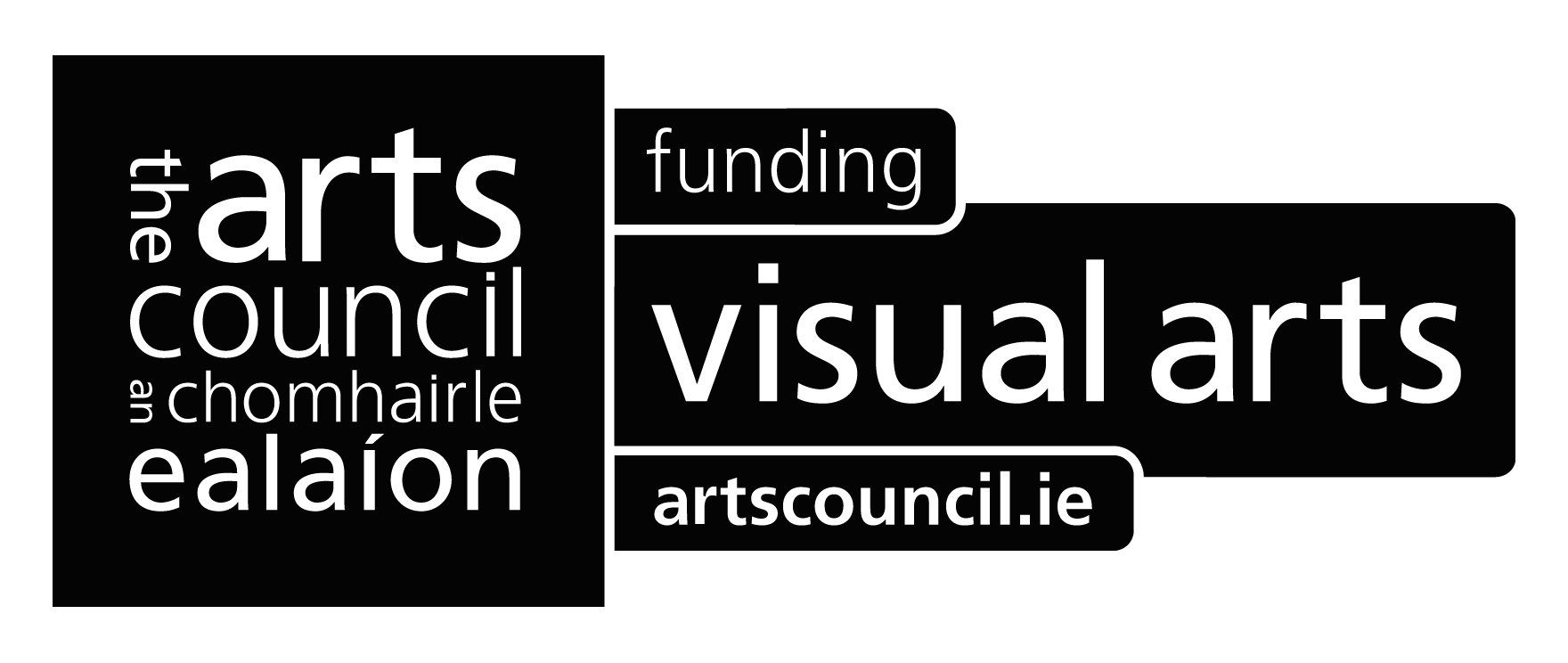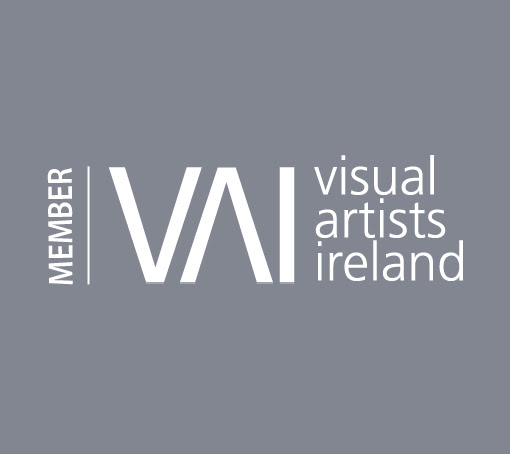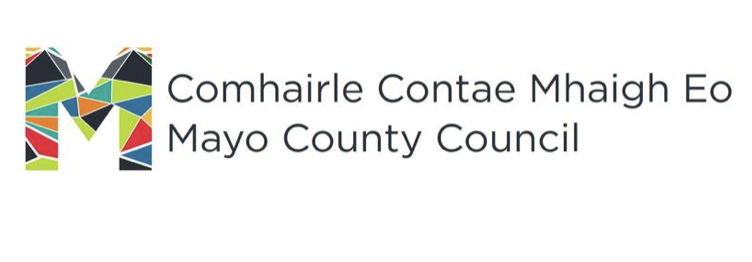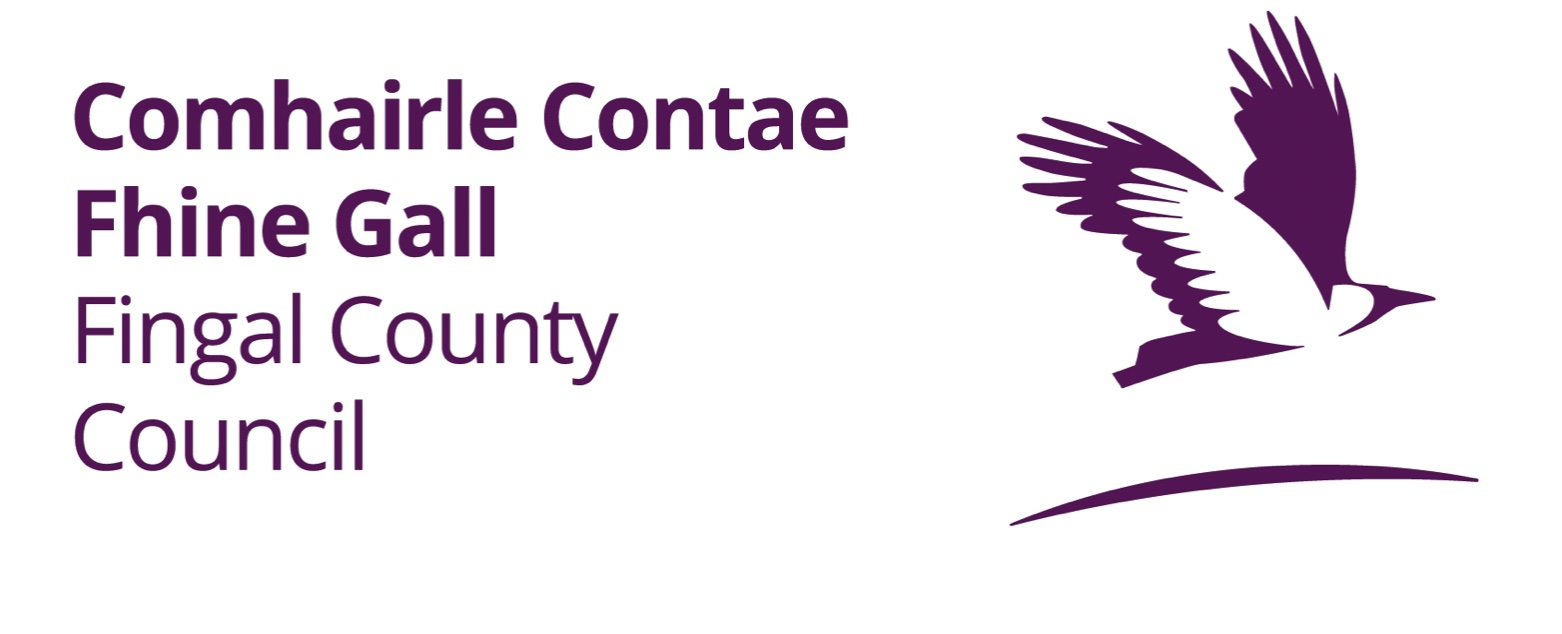IRISH MOSS OF A DEAD MAN’S SKULL, Nuala Clarke, The Owl Circus.

This book is not a book, not even an art book.
It is a work of art.
-Catherine Marshall. Curator, Art Historian
Visual artist Nuala Clarke explores three bodies of her work (or “healings”) and through them, navigates an ever-deepening awareness of the mystery of being and painting; demonstrating that such awareness is both an essential requirement for—and the innate result of—abstraction.
Clarke reflects upon her relationship with four Roberts—Irwin, Brown, Chender, and Boyle—examining how each Robert illuminates the path of her practice. In their own ways, the four Roberts demonstrate and encourage her investigation into the relationship between creative force and abstraction, what it requires, and where one must fearlessly travel to do so.
Equally conveyed in her words and paintings, Clarke delicately unfolds the vibrant alchemical process as practiced while an artist paints, loves, swims, forgets, remembers, and rests in dream.
Beautifully crafted, Irish Moss of A Dead Man’s Skull is 216 full-colour uncoated pages, with 86 images, sewn binding, and luxurious five-inch French flaps. It is both of and about the words and images within—It is a fierce meditation on the inherent healing power of abstract art, a small installation to marvel through on the train, in the tub, or, perhaps, just before a refreshing swim in the Irish sea.”
Available: https://theowlcircus.com/ and Amazon.
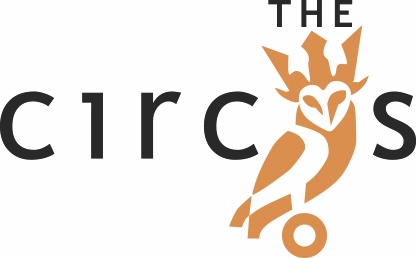

Excerpt:


Catherine Marshall, Curator, Art Historian
May 2025
I wish I had the courage to write like Nuala Clarke. Most of us are so locked into what we think are our rational minds that we can’t put a word, a brush-mark or a smudge on a page without pre-planning. She, however, refuses to direct her creative impulses. Without a trace of ego, she takes on the attributes of those things that concern her – things she references in the words of Robert Boyle as ‘rather Cosmicall than Dogmatical.’ In her search to place herself amidst the medieval elements of earth, air, fire, water, to which she adds space, she imagines what it is to be a stone that has barely moved in millennia, the moss growing over time on a dead man’s skull or even more challenging to visualise the shapes of sensations such as that of dislocation.
Her undirected world is a Garden of Eden, an age of innocence. How clear sighted we once were! Since then Hegel, Marx, Darwin and Freud have all imposed different versions ofmaterialism on us while capitalism and war eat away at our planet and the cosmos. We need to find balance between her meditative, respectful, sharing world and that feckles scapitalist demand for power and control. We need equilibrium.
Clarke skims effortlessly over pre-history (marks on stone from North Mayo), to the more recent past (the incredibly honest writing of Robert Boyle in the 1670s, from visual statements to words, from the individual (herself, or others like her three-year-old nephew)to the wider living species that we all belong to. She notes the impact of sea-swimming in the winter in the North Atlantic before plunging back into Boyle’s diaries grafting his thoughts about colour, light and shape into her artwork, beginning to understand how her need to understand the realities of earth, air, fire, water and space mean that she must be an abstract artist. She has no choice. Her choice takes us to where Kandinsky left off in 1911 and brings his spirituality back to earth. This book is not a book, not even an art book. It is a work of art. Reading it allowed me to share her experience of painting; ‘Making the work changed an internal configuration: my being belonged to the world more fully… ( Clarke, p. 63)
Her undirected world is a Garden of Eden, an age of innocence. How clear sighted we once were! Since then Hegel, Marx, Darwin and Freud have all imposed different versions ofmaterialism on us while capitalism and war eat away at our planet and the cosmos. We need to find balance between her meditative, respectful, sharing world and that feckles scapitalist demand for power and control. We need equilibrium.
Clarke skims effortlessly over pre-history (marks on stone from North Mayo), to the more recent past (the incredibly honest writing of Robert Boyle in the 1670s, from visual statements to words, from the individual (herself, or others like her three-year-old nephew)to the wider living species that we all belong to. She notes the impact of sea-swimming in the winter in the North Atlantic before plunging back into Boyle’s diaries grafting his thoughts about colour, light and shape into her artwork, beginning to understand how her need to understand the realities of earth, air, fire, water and space mean that she must be an abstract artist. She has no choice. Her choice takes us to where Kandinsky left off in 1911 and brings his spirituality back to earth. This book is not a book, not even an art book. It is a work of art. Reading it allowed me to share her experience of painting; ‘Making the work changed an internal configuration: my being belonged to the world more fully… ( Clarke, p. 63)
Jim Malone,
Professor (Emeritus) of Medical Physics, Trinity College Dublin.
Professor (Emeritus) of Medical Physics, Trinity College Dublin.
Nuala Clarke has created a beautiful, unusual, and compelling book. Not in the coffee table sense — but it handles beautifully — and it is beautifully laid out. It is a pleasure to take up and browse or read as takes your fancy. It’s not a novel, or a memoir, or a commentary on her distinctive abstract painting. Rather it is an experiential glimpse into life segments, some vulnerable, and often aligned with her work as an artist. And we see her grow and find wisdom with mentors, some still with us, and one long gone (Robert Boyle). She celebrates and emulates his extraordinary curiosity, the shape of his language, observations on colour, and commitment to cures including — ‘Irish moss of a dead man’s skull’.
Nuala Clarke accompanies us on a Camino through her varied existence. We bump into the characters and influences that have made her. After the book, you will know something of her life and losses and will return to it time and again. She is interesting, elusive, and doesn’t reveal all on a first reading.
Nuala Clarke accompanies us on a Camino through her varied existence. We bump into the characters and influences that have made her. After the book, you will know something of her life and losses and will return to it time and again. She is interesting, elusive, and doesn’t reveal all on a first reading.
... begin at minute 16
